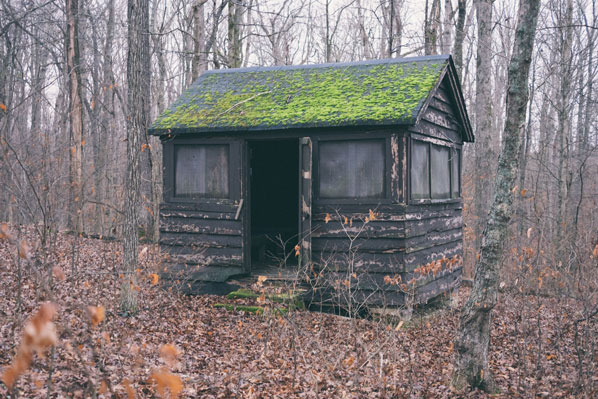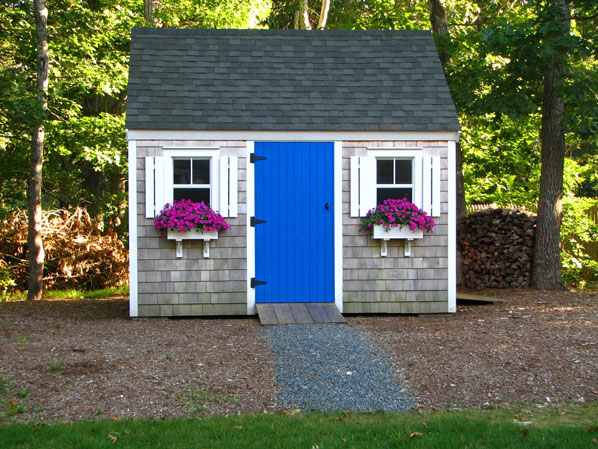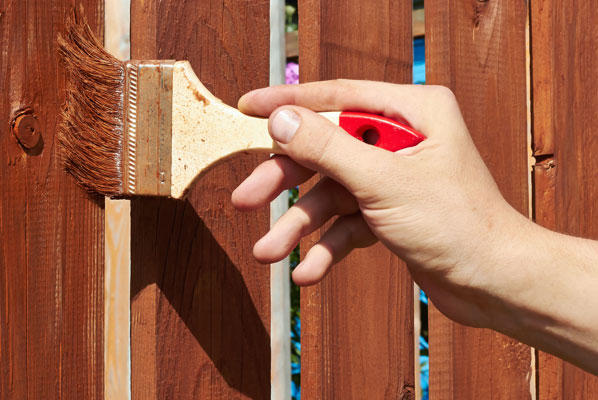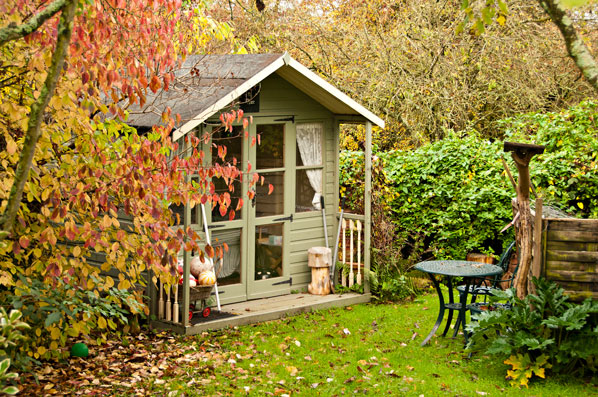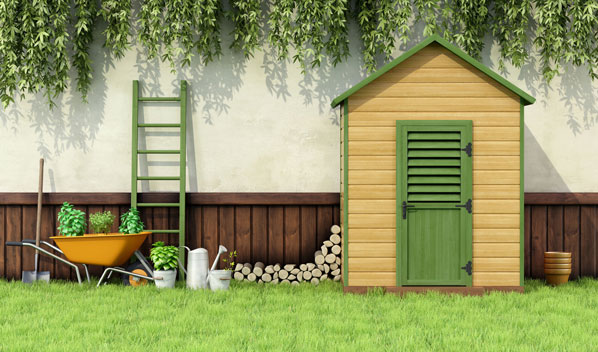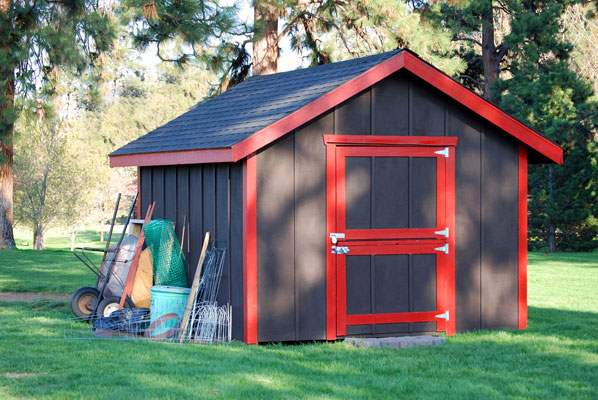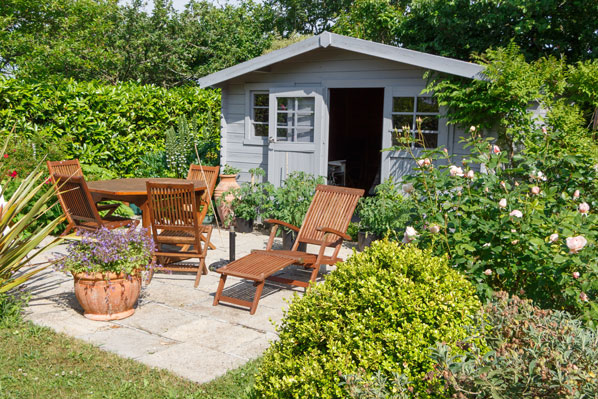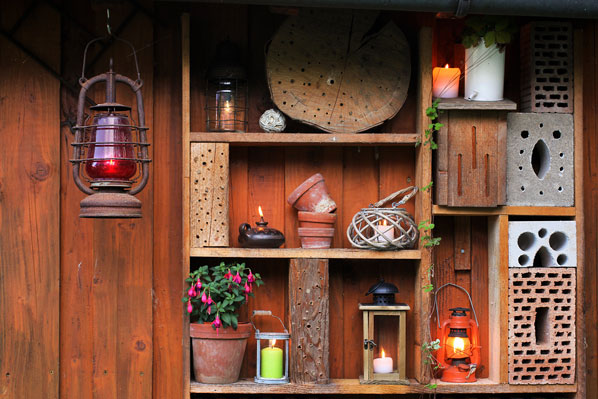Ahead of this year’s Ideal Home Show, TV property guru Phil Spencer talks to Gabrielle Fagan about feeling ‘super-fit’ and having no regrets.
Since finding fame on the ever-popular Location, Location, Location alongside Kirstie Allsopp, Phil Spencer’s become a bit of a TV mainstay, with Love It Or List It and History Of Britain In 100 Homes among his most recent credits.
Later this month, the property guru will once again appear at the Ideal Home Show, sharing his industry insights and tips with audiences.
First up, Spencer, 49, who lives in Hampshire with his wife Fiona and their two sons, talks to us about working with Kirstie, why life’s like driving a racing car, and how fitness is helping him stay young…

Location, Location, Location has been on TV for 18 years now – what’s the secret of it’s long running success?
“I never imagined it would last so long. I thought it might be an interlude and an opportunity to see how TV worked. I think we were the very first property programme, we got the pick of the formats and we chose one that really works. I’d love to see us reach our 20-year milestone. Kirsty and I have always said that if people keep enjoying the show, we’ll keep on making it.
“It takes people through the intense, emotional decision-making process people go through over property – there’s always ups and downs, emotions and drama, hopefully some excitement but definitely some stress!”
What do you like about property-hunting?
“I get a real kick in finding people homes, there are so many hopes, dreams and aspirations tied up in it. I don’t think I’ll ever tire of seeing people’s eyes light up when you get them a good deal.
“I trained as a surveyor, had my own property company, and if I wasn’t doing this job on television, I’d be doing it in real life. I’ve always been as interested in the people as the houses – I love getting to know them.”

What makes your partnership with Kirstie Allsopp work?
“It’s like a TV marriage, really. We’ve shared a lot over the years. Predominantly, it works because we’ve become firm friends. We’re totally different but our core values are very similar. She’s far more spontaneous than me. I don’t like surprises, I like to have a plan and as much detail about what I’m going to be doing as possible, so I can mentally prepare.
“In my book, when you build a plan, you stick to it, whereas Kirstie usually comes in half-way through the plan, throws it up in the air, and goes, ‘We’re not doing that, are we? We’re doing this!’ At the end of the day, she’s great fun. She makes every day fresh because you never know what she’s going to do next, and when you’ve made a programme like ours for 18 years, you need things to be fresh.”
Have you ever had a big row?
“I think Kirstie keeps a count, and we’ve had around eight, which in 20 years isn’t bad. It all blows up, there’s a fair bit of noise, and then 10 minutes later we’re kind of, ‘OK, we got that out of our system, let’s move on with the day’, and it’s fine. I think only good friends can do that.
“I never see them as, ‘Oh my God, this is the end’, because they usually happen when one of us is hungry, tired, stressed or worried, and then something little kicks it off. It’s normal really, as we spend such a lot of time together. Knowing each other so well, we usually understand why the other person might be a bit frosty, touchy, emotional or cross.”

What’s been the biggest highlight of your career?
“I’ve just experienced it. One night every week for a month, I’ve had three different series on screen: Love It Or List It; Phil Spencer: History Of Britain In 100 Homes, and Phil Spencer’s Stately Homes.
“I’m not sure many TV presenters can claim to have achieved that. I think it might even have made my mum a little weary of me, with that amount of shows in an evening, so that’s probably a highlight in itself!”
Do you take an interest in your own home?
“I was brought up on a farm and love living back in the countryside. We moved from London to Hampshire a few years ago. I’m always interested in advances in technology that allow us to run our homes more efficiently. My home’s energy-efficient, with solar panels, insulation and glazing. I’m pretty hopeless at DIY; I tried putting some pictures up recently and had to resort to using Blu Tack.
“I’m really into design and gardening, as our large garden needs smartening up. It’s great to be at The Ideal Home Show, because there are so many inspiring ideas and like-minded people who care as much about property as I do.
“My father’s advice to me, which I’ve held to, is: Make owning a property a priority, because an awful lot can go wrong in the world without affecting you if you own the roof over your head.”

How do you look after your health?
“Generally, I enjoy being fit, but I need a goal. I promised myself at 40, I’d be fitter than I was at 30 – but it’s a bigger ask to be fitter at 50 than I was at 40! The years do count!
“I feel super-fit at the moment because I’ve just climbed Everest in four days, doing around 12 hours climbing a day, in a team of five to raise money for brain tumour research. I did it last year and it was incredible, but just as challenging, punishing and the equivalent of running three marathons. It meant intensive training over five months. It’s made me feel so good and I’m so buzzing with energy. The only drawback is I wake up incredibly early.
“I’m an outdoors person – I love it and there’s nothing better than a good walk with my dogs. My normal fitness regime is exercising for around 45 minutes four times a week in a gym – I have one at home – and seeing a personal trainer.”
How do you look after your wellbeing?
“Wellbeing’s precious, which you don’t appreciate until you’ve lost it, and then you realise just how precious it is. I’m a firm believer that diet and exercise and sleep conquer most things. So if I’m feeling a bit crap, three days of really conscious exercise, diet and sleep generally sorts out most things out in my world. If it doesn’t, then perhaps there’s a bigger problem.”

How do you get through the tough times?
“I’ve been very fortunate not to have too many tough times. If I’m worried about something, I’ll talk to my wife. I have a very close family, so if step out of line, one of them or Kirstie will pull me up! I’ve got friends I’ve known since I was a teenager and we’re always there for one another.”
How would you sum up your view on life?
“Somebody once told me, life’s like a race. When you watch Formula One, and the driver has a helmet camera, you see his hands constantly correcting, and going from left to right even when the road is straight. He’s trying to keep steering in a straight line, and I kind of see life like that.
“It’s about constantly balancing, rebalancing and keeping all the balls in the air – keeping your marriage going, looking after the children, running a house, being good at work, maintaining a social life, keeping fit and healthy. It’s busy and there are the normal stresses, but I’ve been very fortunate. I have a gorgeous wife and lovely relationship, two healthy children, a nice house, a job I love and a family that are alive, together and healthy. I’m really happy and have no regrets.”
The Ideal Home Show, the world’s longest running exhibition, will return to Olympia London from Friday, March 22 to Sunday, April 7. Phil Spencer is hosting property talks on stage. For more information, see idealhomeshow.co.uk.

